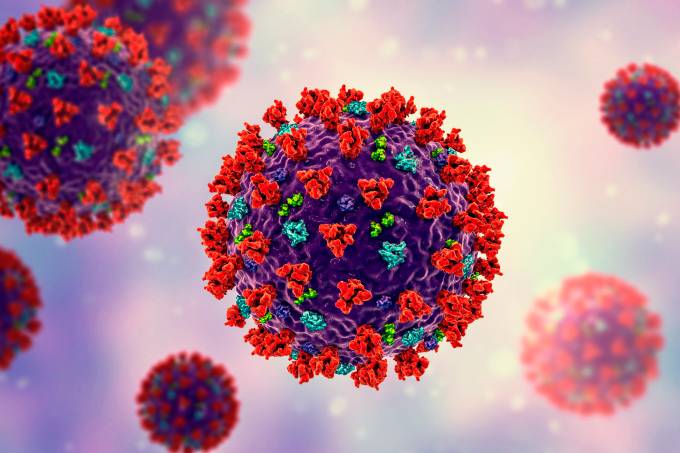Protocol Detail


BRADYCARDIA
Bradycardia is a slower than normal heart rate. The hearts of adults at rest usually beat between 60 and 100 times a minute.
Diagnosis
To diagnose your condition, your doctor will review your symptoms and your medical and family medical history and do a physical examination.
Your doctor will also order tests to measure your heart rate, establish a link between a slow heart rate and your symptoms, and identify conditions that might be causing bradycardia.
Electrocardiogram (ECG or EKG)
An electrocardiogram, also called an ECG or EKG, is a primary tool for evaluating bradycardia. Using small sensors (electrodes) attached to your chest and arms, it records electrical signals as they travel through your heart.
Because an ECG cannot record bradycardia unless it happens during the test, your doctor might have you use a portable ECG device at home. These devices include:
-
Holter monitor. Carried in your pocket or worn on a belt or shoulder strap, this device records your heart's activity for 24 to 48 hours.
Your doctor will likely ask you to keep a diary during the same 24 hours. You will describe any symptoms you experience and record the time they occur.
- Event recorder. This device monitors your heart activity over a few weeks. You push a button to activate it when you feel symptoms so that it records your heart's activity during that time.
Your doctor might use an ECG monitor while performing other tests to understand the impact of bradycardia. These tests include:
- Tilt table test. This test helps your doctor better understand how your bradycardia contributes to fainting spells. You lie flat on a special table, and then the table is tilted as if you were standing up to see if the change in position causes you to faint.
- Exercise test. Your doctor might monitor your heart rate while you walk on a treadmill or ride a stationary bike to see whether your heart rate increases appropriately in response to physical activity.
Management
Management is determined by:
1. Presence of adverse signs:
· Systolic BP < 90 mmHg,
· Heart rate < 40 bpm,
· Associated heart failure,
· Ventricular arrhythmias requiring suppression.
2. Risk of developing asytole:
· Recent episode of asystole,
· Ventricular pause of > 3 seconds,
· Mobitz type 2 second degree heart block,
· Third degree heart block with wide QRS complexes
All patients need high flow oxygen and immediate IV access.
If one or more staff adverse signs:
1. Give Atropine 0.5 mg and assess response.
2. If response is inadequate give further doses at 0.5 mg at a time to maximum of 3 mg.
3. If response still inadequate arrange for external transcutaneous pacing
4. If pacing is not immediately available consider adrenaline infusion at 2-10 mcg/min (10 mcg is equivalent to 0.1 mLs 1:10,000 adrenaline).
5. If response is adequate see below.
If no adverse signs are present, determine risk of asystole:
1. If no risk arrange for admission and observation.
2. If there are risks consider use of atropine, adrenaline of transcutaneous pacing.









